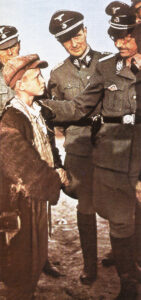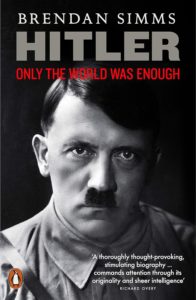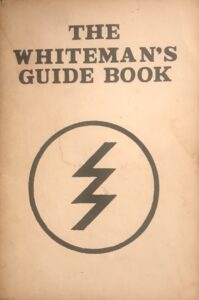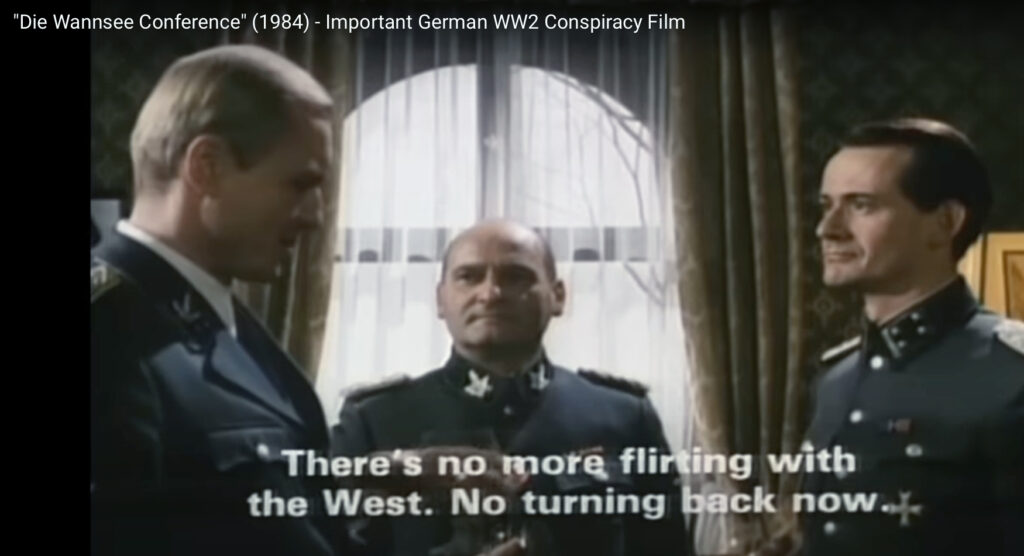 It is notorious, universally so, that the blackest falsehoods are ever decked out in the most brilliant and gorgeous regalia. Clearly, therefore, it is the brave man’s duty to regard all sacred things, all legal things, all constitutional things, all holy things, with more than usual suspicion. ‘I deny, and I affirm,’ is the countersign of material freedom. ‘I believe, and I obey’ is the shibboleth of serfage. Belief is a flunkey, a feminine—Doubt is a creator, a master. He who denies fundamentals is in triple armour clad. Indeed he is invulnerable. On the other hand, it has been said that every belief, every philosophy, has some truth in it, but so we might add has every insanity.
It is notorious, universally so, that the blackest falsehoods are ever decked out in the most brilliant and gorgeous regalia. Clearly, therefore, it is the brave man’s duty to regard all sacred things, all legal things, all constitutional things, all holy things, with more than usual suspicion. ‘I deny, and I affirm,’ is the countersign of material freedom. ‘I believe, and I obey’ is the shibboleth of serfage. Belief is a flunkey, a feminine—Doubt is a creator, a master. He who denies fundamentals is in triple armour clad. Indeed he is invulnerable. On the other hand, it has been said that every belief, every philosophy, has some truth in it, but so we might add has every insanity.
Strong men are not deterred from pursuing their aim by anything. They go straight to the goal, and that goal is Beauty, Wealth, and Material Power. The mission of Power is to control and exploit the powerless, for to be powerless is to be criminal. The world would indeed be a house of horrors, if all men were ‘good’ and all women—padlocked.
As far as human search lights have yet penetrated, into the darkness that enshrouds the origin of nations, we see the subduers and the subdued, the plebeians and the patricians, the chiefs who governed, and the vassals who obeyed. And there is nothing in the most modern social developments (of these deedless days) to warrant any belief that this ancient and natural division of human animals, into castes of superiors and inferiors, sovereigns and serfs, can ever be dispensed with. The slave-owner’s whip cracked from the beginning and it will crack till the day of doom. In every kingdom, republic and empire on earth, we have (in one disguise or another) the master and the slave—the ruler and the ruled. In the course of centuries, names alone have changed, essentials have remained the same. Forms of royalty may alter but kings can never die. There was mastership at the beginning, and there will be mastership to the end. We build, but as our fathers built. Change is not progress, nor numbers advance.
Everyone who would be free must show his power. Unalterable remains the basis of all earthly greatness. He who exalteth himself shall be exalted, and he who humbleth himself shall be righteously trodden beneath the hoofs of the herd. ‘The humble’ are only fit for dogs’ meat. Bravery includes every virtue, humility, every crime. He who is afraid to risk his life must never be permitted to win anything.
Human rights and wrongs are not determined by Justice, but by Might. Disguise it as you may, the naked sword is still king-maker and king-breaker, as of yore. All other theories are lies and—lures.
Therefore! If you would conquer wealth and honour, power and fame, you must be practical, grim, cool and merciless. You must ride to success (by preference) over the necks of your foemen. Their defeat is your strength. Their downfall is your uplifting. Only the powerful can be free, and Power is non-moral. Life is real, life is earnest, and neither heaven nor hell its final goal. And love, and joy, and birth, and death, and fate, and strife, shall be forever.
This earth is a vast whirl of warring atoms—a veritable revolving cock-pit. Each molecule, each animal, fights for its life. You must fight for yours, or surrender. Look well to it, therefore, that your beaks and spurs, your fangs and claws are as sharp as steel, and as effective as science can make them.
Though, the survival of the strongest is the logic of events, yet personal cowardice is the great vice of our demoralized age. Cowardice is corroding the brain and blood of our race, but men have learnt to disguise this terrible infirmity, behind the canting whine of ‘humanity’ and ‘goodness.’ Words flow instead of blood, and terrible insults are exchanged, instead of terrible blows.
How rich this degenerate world is in small, petty-souled, good-for-nothings, who are forever excusing their infantile ineptitude behind some plausible phrase—some conventional make-believe?
Courage, I say! Courage, not goodness, is the great desideratum—courage that requires neither tin horns, nor calcium lights, nor brass bands, nor shouting multitudes to call it into effective action.
But courage that goes its way alone, as undauntedly as when it marches to ‘victory or death’ amid the menacing stride of armed and bannered legions.
Courage, that delights in danger—Courage, that knows not despair! Courage that proudly, defiantly smiles on death!
Courage, that regards with equal loathing the multitude’s mad howls of hate, its stupid hee-haws and its stridulating ‘tremendous applause.’
Courage, that asks no quarter, even with the knife at its throat — courage that is stiff- necked, unyielding, sullen, pitiless!
Courage, that never falters — never retreats!
Courage, that looks down with supreme disdain upon all slave regulations, upon all rights and wrongs, upon all good and evil!
Courage, that has made up its mind to conquer or — perish!
That is the kind of courage this world lacks. That is the kind of courage that aids by active co-operation the survival of the Fittest — the survival of the Best.
That is the kind of courage that has never turned a master’s mill. That is the kind of courage that never will turn it.
That is the kind of courage that will die, rather than turn it.
______ 卐 ______
‘When Svipdag came to the enclosure, the gate of the burg was shut (for it was customary to ask leave to come in and see, or take part in the war games). Svipdag did not take that trouble, but broke open the gate and rode into the yard.’
Queen Yisa said: ‘This man will be welcome here.’ [1]
__________
[1] Ancient Norse Saga.
 Incidentally, with a well-implemented Master Plan East, there would have been surviving Russians, as long as they resembled Dugin physiognomically. That was clearly in Himmler’s selection plans, as we see in the picture on the left where he was looking at a Polish boy to see if he would be chosen to be raised as a pure Aryan.
Incidentally, with a well-implemented Master Plan East, there would have been surviving Russians, as long as they resembled Dugin physiognomically. That was clearly in Himmler’s selection plans, as we see in the picture on the left where he was looking at a Polish boy to see if he would be chosen to be raised as a pure Aryan. 






